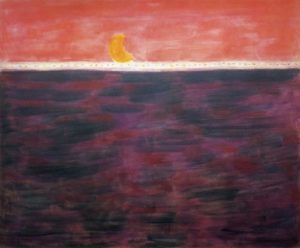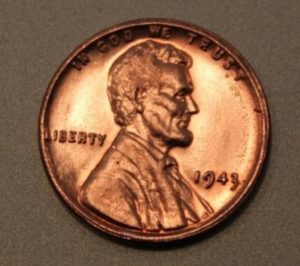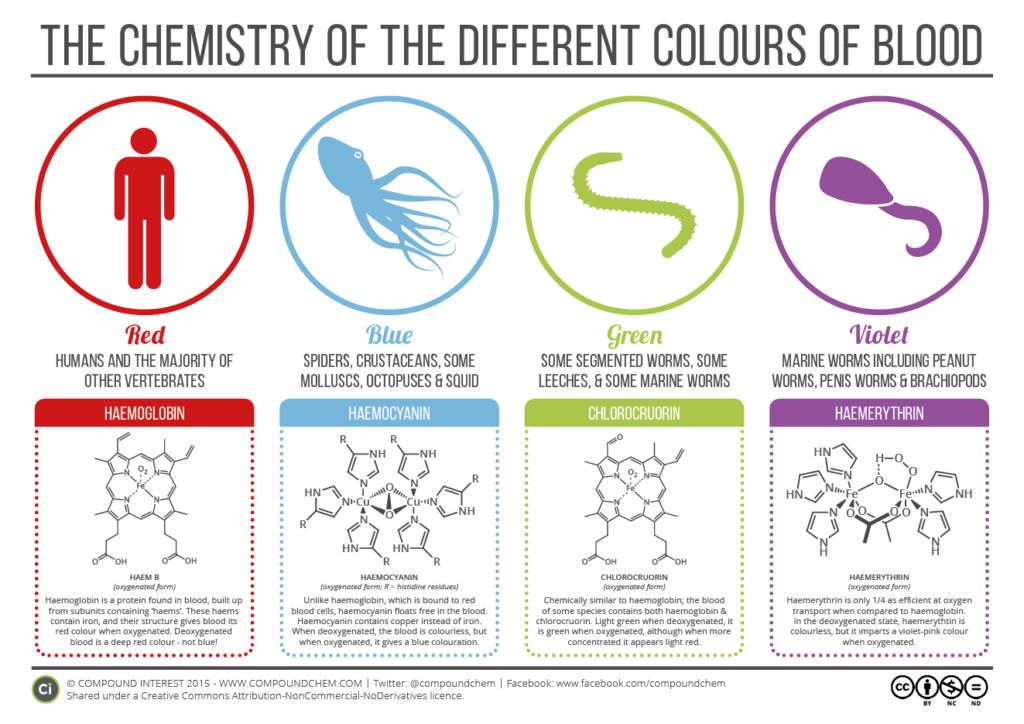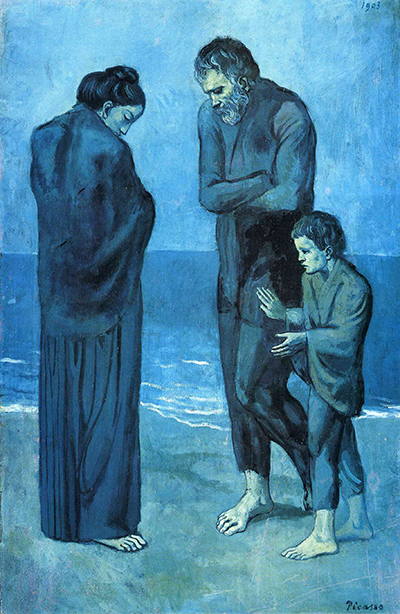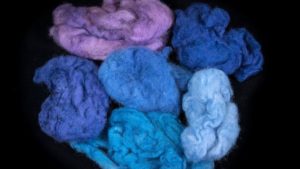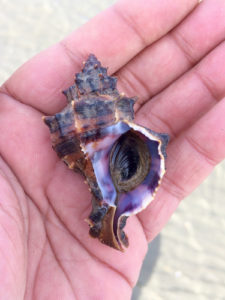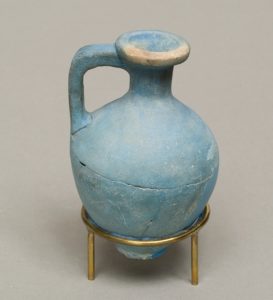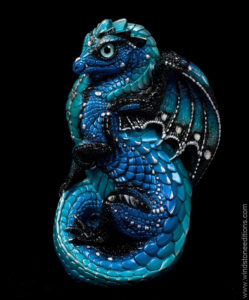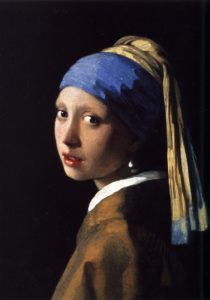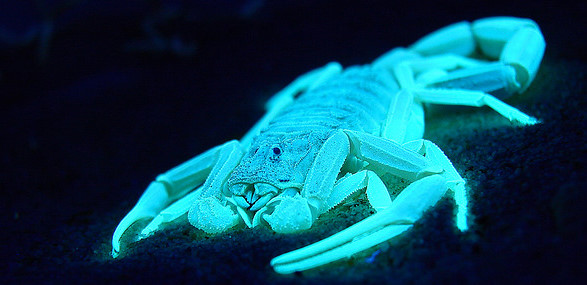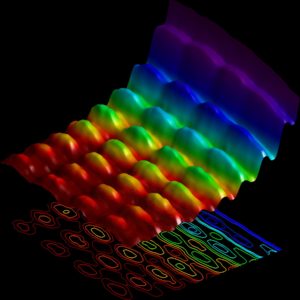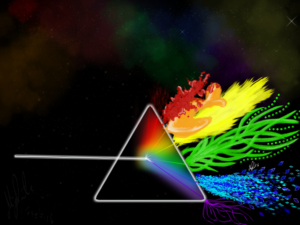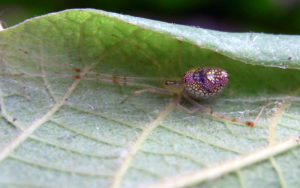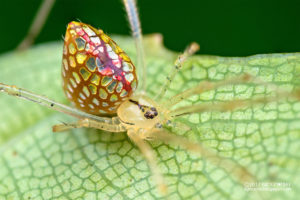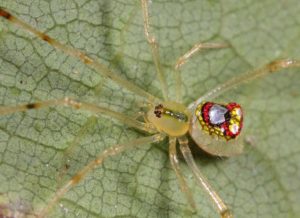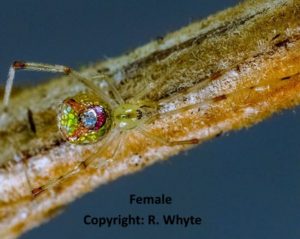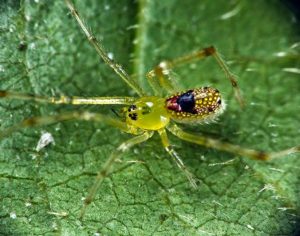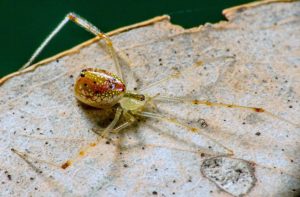Real Life Fantasy: Sun + Water – Heat
Hey, look what’s back–Real Life Fantasy!
It’s been a while, so in case you’re not familiar: Real Life Fantasy is a feature where we explore phenomena in the Seven Satrapies that have crossed the spectral plane into the real world.
Or something like that.
This time around we’re looking at some optical physics: what happens when sunlight shines through water molecules in the atmosphere. While most of us are familiar with how water droplets refract sunlight–
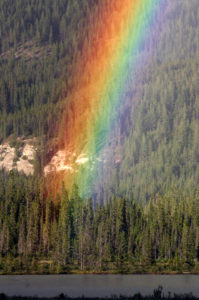
–here’s what happens when light is refracted through ice crystals in the atmosphere.

The photo above shows two pretty awesome sights: the first is diamond dust, those white specks hovering above the person’s head. Those are tiny ice crystals in the air, reflecting sunlight at just the right angle for the camera to capture it.
The second phenomenon, seen in both the photo above and below, is a parhelion, or sun dog: bright spots, usually diamond-shaped, flanking the sun.

As explained in the Wikipedia entry, parts of the 22° halo (the arcs passing through each sundog), a sun pillar (the vertical line) and the parhelic circle (the horizontal line) are also visible.
Similarly, there exists a fog bow, or “white rainbow,” which happens when light is refracted through… wait for it… fog.
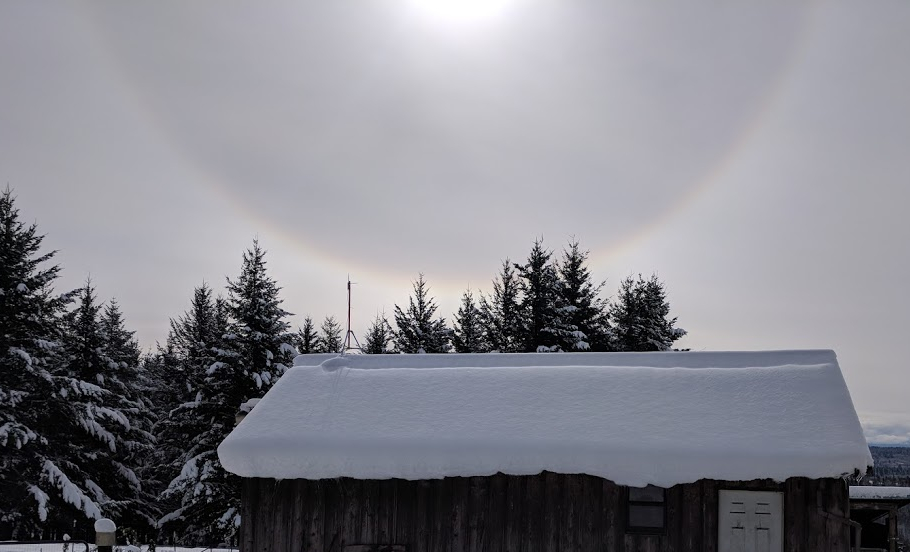
(I snapped this picture a couple years ago, standing in my backyard. Yep, that’s a barn. Look closely and you’ll find faint colors in the fog bow.)
Looking at these photos, I can’t help but wonder what it looked like to Gavin and the Third Eye…
Show SpoilersSomething prickled on his skin, the lightest of touches. He looked over at the Third Eye.
She was grinning like a little girl. He didn’t understand. Then something touched his arm. He brought it close, but it melted before he could get a look at it. Snow?
It was cool tonight, but it wasn’t cold enough for snow. Not even close.
He could smell it now–the familiar mineral, chalky odor. Blue luxin.
More hit his upturned face, his arms. It was snowing.
“Blue delights in order,” the Third Eye said. “I know you can’t see it, but every flake is blue. Utterly beautiful, Lord Prism. I’ve never seen so stunning a harbinger of doom.”
-The Blinding Knife, p162

